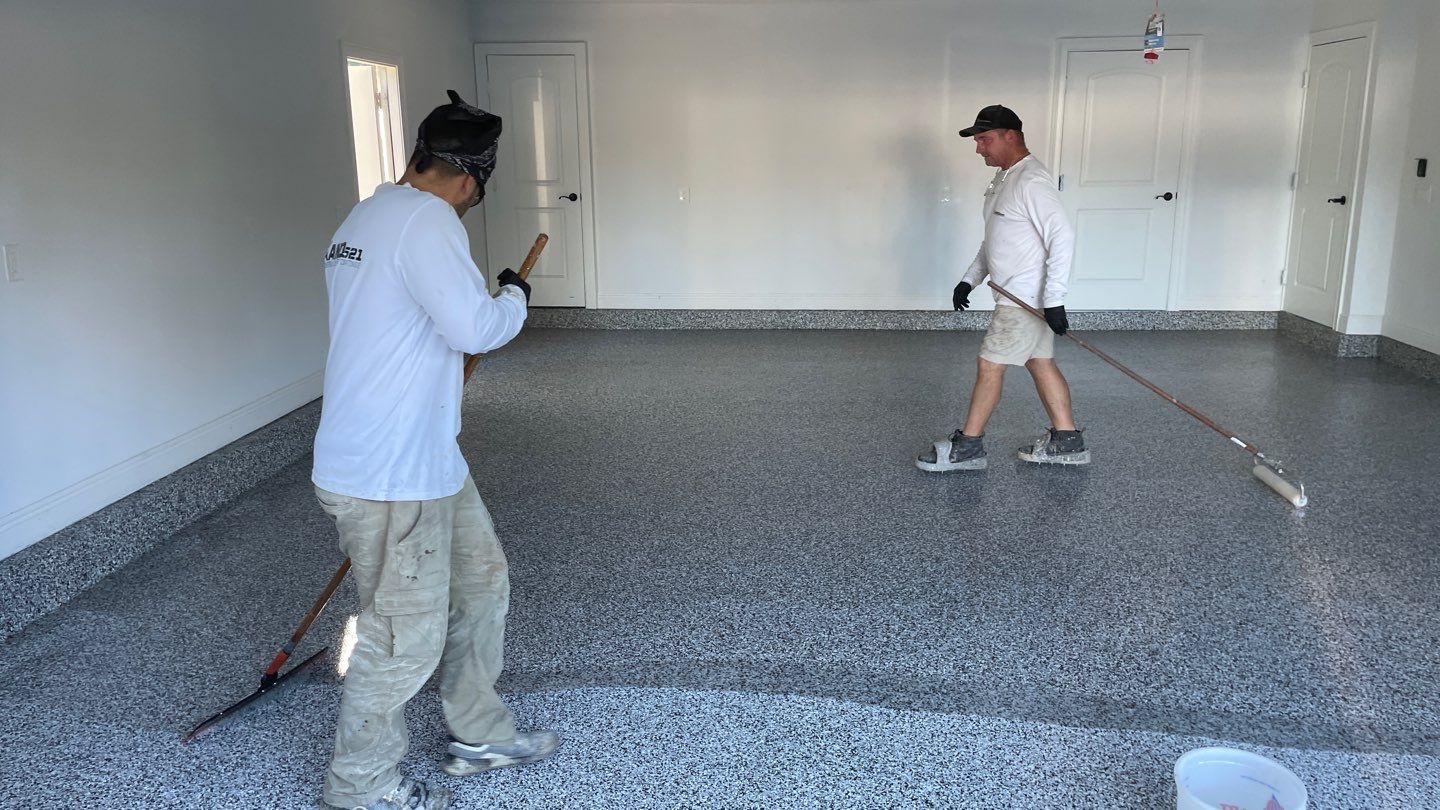In the realm of materials science, innovations continually push the boundaries of what’s possible. Among these, the emergence of aromatic polyurea stands as a beacon of progress, heralding a new era in strength, speed, and efficiency across multiple industries. Its versatility and remarkable properties have sparked significant interest and transformed various applications, revolutionizing the way we approach construction, manufacturing, and protective coatings.
What is Aromatic Polyurea?
Aromatic polyurea belongs to the polyurethane family, engineered through a reaction between aromatic isocyanates and aromatic amines. This chemical combination results in a robust, elastomeric material known for its extraordinary strength, exceptional durability, and impressive chemical resistance. It offers a wide range of physical properties, making it a versatile choice for multiple applications.
Strength Redefined
The strength of aromatic polyurea is unparalleled. Its exceptional tensile strength and tear resistance make it ideal for applications demanding durability and resilience. Whether used as a protective coating or within structural components, it provides unmatched reinforcement against wear and tear, impacts, and harsh environmental conditions.
Industries such as construction, infrastructure, and manufacturing benefit tremendously from its robust nature. In construction, it serves as a reliable solution for waterproofing, corrosion protection, and enhancing structural integrity. In manufacturing, it finds its place in creating durable molds, abrasion-resistant linings, and impact-resistant surfaces.
Speed and Efficiency Unleashed
One of the most striking features of aromatic polyurea is its rapid curing time. Unlike many traditional materials that require extensive curing periods, polyurea exhibits rapid-setting characteristics. This quick curing time drastically reduces project timelines, allowing for faster completion of tasks, minimizing downtime, and accelerating operational efficiency.
The efficiency gains extend beyond speed. Aromatic polyurea’s ease of application through spray-on techniques significantly reduces labor costs and material wastage. Its seamless, self-leveling properties ensure uniform coatings without the need for additional finishing, enhancing overall project efficiency and cost-effectiveness.
Applications Reshaped
The versatility of aromatic polyurea has led to its adoption in diverse fields. It serves as a game-changer in protective coatings, offering unparalleled resistance to chemicals, weathering, and abrasion. From industrial flooring to tank linings, it provides long-lasting protection against corrosion and environmental degradation.
Moreover, its flexibility in forming complex shapes makes it invaluable in creating custom solutions across industries. Its use in creating waterproof membranes, flexible foam insulation, and even in automotive applications for impact resistance showcases its adaptability and reliability in varied settings.
Environmental Considerations and Future Prospects
While aromatic polyurea offers exceptional performance, environmental considerations are crucial. Efforts to develop eco-friendly formulations and enhance recyclability are underway. Innovations in bio-based materials and sustainable production methods aim to mitigate environmental impact while retaining the material’s beneficial properties.
Looking ahead, the future of aromatic polyurea seems promising. Ongoing research endeavors focus on optimizing its properties further, expanding its applications, and making it an even more sustainable choice. The potential for combining it with other materials or integrating advanced technologies holds the promise of unlocking new frontiers in materials science.
Closing Thoughts
Aromatic polyurea stands as a testament to human ingenuity, offering a blend of strength, speed, and efficiency that transforms industries. Its remarkable properties redefine what we can achieve in construction, manufacturing, and protective coatings. As advancements continue to evolve, the possibilities it unlocks seem limitless, paving the way for a more resilient, efficient, and innovative future.
